Gloxinia Bulb double flower bulbs tuber pack of 5
₹349.00
Out of stock
Email when stock available
Gloxinia Bulb How to grow
Gloxinia Bulb The bigger the bulb, the stronger the plants and the better the bloom! Our top-size Gloxinia tubers are healthy and fast-growing, ready to burst into growth.
Given a little water and positioned in a warm spot. The best thing about starting off indoor plants yourself at home is that they acclimatize to your home conditions from the very beginning.
Whether you’re a seasoned expert or new to indoor gardening, you can achieve great results with these reliable superstars and enjoy the rewards of establishing plants from scratch in your own home! They are hard to grow from seeds if someone wants to try can try gloxinia brocade seeds
Gloxinia Bulb grows from tubers that look a bit like begonia tubers. They are rounded, brown in color, and have a concave side and a convex side. The concave side is the upper side, so this is the side that should be facing upwards. It isn’t always possible to tell which side is the upper side, so in these instances, it’s perfectly fine to plant the tuber on its side and it will correct itself as it starts to grow. Can be grown with rain lily mix bulbs
Gloxinia Bulb simple steps to help you get started:
- When you receive the package remove the tubers from the packaging and let them dry in open air for 1 -2 days. Doing this will rehydrate them and wake them up;
- While your tubers are soaking, prepare your pots. Pots that are around 12cm in diameter across the top are just right for one tuber. You can position more tubers in larger pots if you prefer, at a spacing of around 10-15cm between the tubers;
- Gloxinia Bulb Choose a good quality multipurpose compost or house-plant compost and half-fill your pots;
- Position the tuber on the surface of the compost with the concave side facing upwards.
- Fill the remaining space in each pot with more compost and gently firm down.
- Water your tubers in after planting. Gloxinias don’t like to sit in soggy soil, so do let the excess water drain out of the bottom before putting the pot on a tray or in a water-tight outer container;
- Position your planted pots in a space that receives plenty of daylight,
- Water them lightly whenever the soil is dry.
| Color | Mix |
|---|---|
| Germination Level | Medium |
| Growth Pattern | Up right Straight |
| Ideal location | Partial Sun |
| Hybrid or Open Pollinated | Op |
| Origin Country | India |
Be the first to review “Gloxinia Bulb double flower bulbs tuber pack of 5” Cancel reply
You must be logged in to post a review.



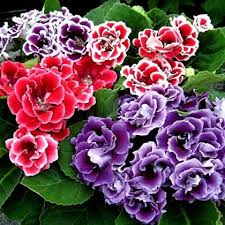
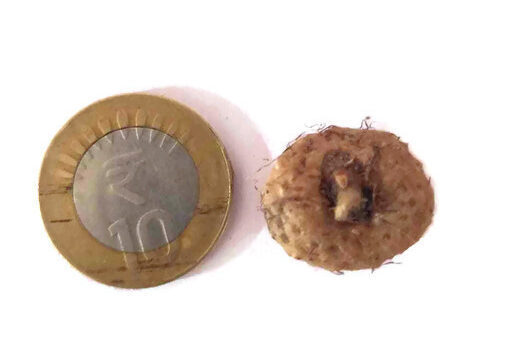

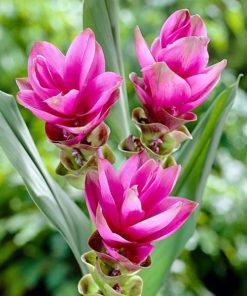
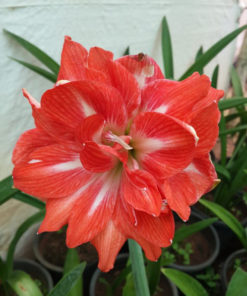
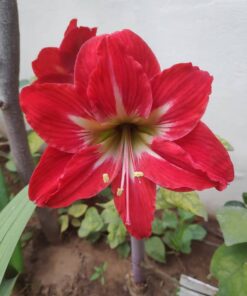
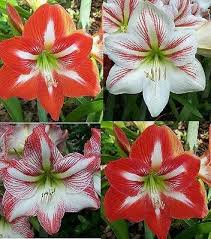

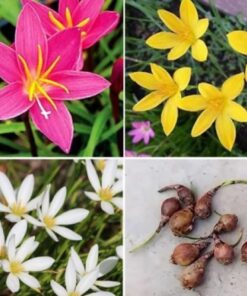
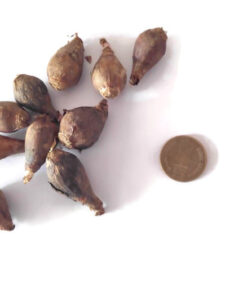
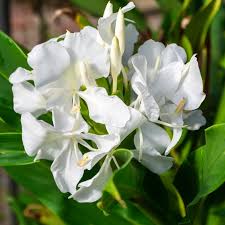
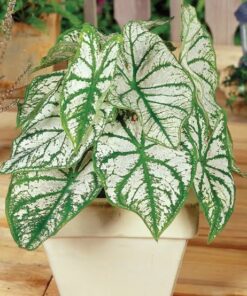
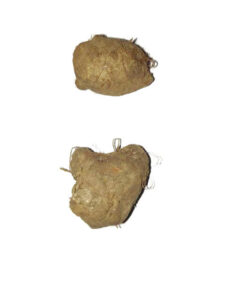
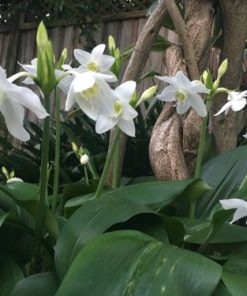
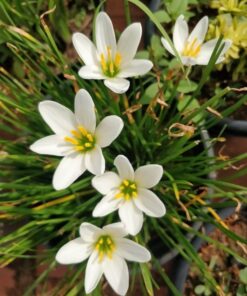

Reviews
There are no reviews yet.